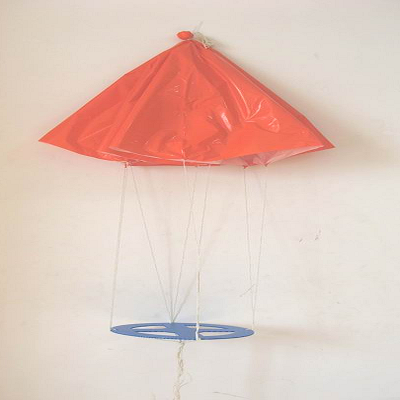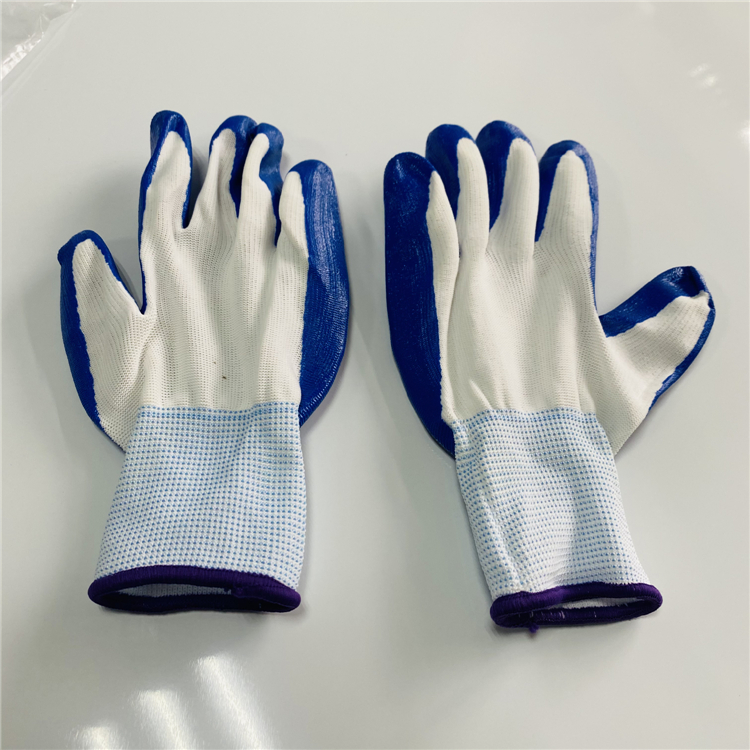The latest breaking updates, delivered straight to your email inbox.
Forecasting weather is a science, but not an exact science. Meteorologists use numerous tools to produce accurate forecasts around the globe daily. A local discovery was made on a very important vintage tool. Weather Balloon Supplier

National Weather Services offices across the country launch weather balloons twice a day to generate a snapshot of the upper atmosphere. Last month, the local office in Birmingham had an unusual return.
A radiosonde was returned by a resident in Shelby County he had found roughly 40 years ago behind the Shelby Humane Society. The vintage instrument is no longer able to function but still holds its structure and proper equipment is housed inside.
The vintage instrument is much larger than radiosondes used today. Basic functions are the same, but the components are smaller. As technology improves, the accuracy does as well. Old radiosondes were tracked using satellite dishes. Now, they all contain GPS systems.
The latest: Weather coverage from WVTM 13
Radiosondes are meteorological instruments lifted into the atmosphere to measure conditions at different levels. Every radiosonde contains a thermistor that measures temperature, a hygristor that measures the air's humidity and a barometer that measures pressure. Wind speed and direction are calculated by tracking the locational movement of the radiosonde.
Radiosondes are attached to balloons that can travel above 100,000 feet. The data received by the radiosonde is recorded and then translated to a chart meteorologists read to analyze the current state of the atmosphere and determine how it will change.
These real-time observations are also fed into computer models, which are important in discovering trends to ensure an accurate forecast.
Share with us: Upload your photos and videos via uLocal
Without upper-air observations, accurate forecasting would be extremely difficult. In order to predict weather conditions hours ahead, it is imperative meteorologists understand the current state of the atmosphere.
Forecasting is like making a diagnosis. One must identify the cause of the current state and determine the most probable outcome. Solving these types of puzzles requires a thorough analysis from the top of the atmosphere down to the surface.
Radiosondes are helpful in this process as they collect data and create a vertical profile of the atmosphere. These vertical profiles are always useful but are especially an asset on severe weather days. The chart reveals how unstable the atmosphere is, helping meteorologists forecast the potential strength of storms and what types of hazards to expect.
Then when our forecast validates, high-tech tools like our WVTM 13 Live Doppler Radar help track those storms in real-time, ensuring our information is the most precise so we can help keep your family safe.
Follow us on social: Facebook | Twitter | Instagram | YouTube

Parachute Wholesale Hearst Television participates in various affiliate marketing programs, which means we may get paid commissions on editorially chosen products purchased through our links to retailer sites.